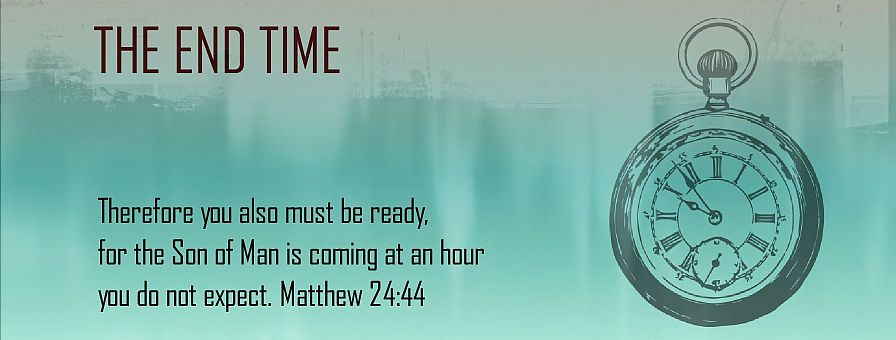- Get link
- Other Apps
- Get link
- Other Apps
I like the book Earthly Footsteps of the Man of Galilee due to the wonderful, sepia photos of places where Jesus walked. Taken in the late 1800s, the photos record a mostly unchanged region, where it is inspiring to peer into the picture and imagine the days of Jesus' incarnation. Here is the synopsis of the book:
Earthly Footsteps of The Man of Galilee and the Journeys of His Apostles contains 400 original photographs by Robert E.M. Bain, taken in Egypt, Israel, Syria, Lebanon, Turkey, Greece, and Italy. Descriptions for each photograph are written by James Lee. These photographs depict the life of Christ and the influence of his ministry—the locations where Christ was born, baptized, crucified, as well as scenes from his prayers, miracles, and sermons. This resource also contains photography of sacred sites between Jerusalem and Rome. Vincent, J., Lee, J., & Bain, R. E. M. (1894). Earthly Footsteps of The Man of Galilee and the Journeys of His Apostles. New York, NY;St. Louis, MO: N. D. Thompson Publishing Co.
Earthly Footsteps of The Man of Galilee and the Journeys of His Apostles contains 400 original photographs by Robert E.M. Bain, taken in Egypt, Israel, Syria, Lebanon, Turkey, Greece, and Italy. Descriptions for each photograph are written by James Lee. These photographs depict the life of Christ and the influence of his ministry—the locations where Christ was born, baptized, crucified, as well as scenes from his prayers, miracles, and sermons. This resource also contains photography of sacred sites between Jerusalem and Rome. Vincent, J., Lee, J., & Bain, R. E. M. (1894). Earthly Footsteps of The Man of Galilee and the Journeys of His Apostles. New York, NY;St. Louis, MO: N. D. Thompson Publishing Co.
Jenin by early morning light.
Jenin is perhaps ten miles to the right of the route Joseph and Mary are supposed to have followed on their return from the sojourn in Egypt. It is one of the places, however, our Lord often passed during the years of His active ministry. Jenin is supposed to be the Ginea of Josephus, which again answers to the ancient En-gannin or "Garden Spring" (Joshua 19:21) with the territory of Issachar. The road from Nazareth to Jerusalem always passed this way, therefore, we are on sure ground again as we think of Mary on her way to Jerusalem with Joseph; on her way from Egypt; on her way from Nazareth to Jerusalem again when the lad Jesus was twelve years of age.
Jenin is a well-built town of some importance. It was never a fortress, but its soil is fertile and its verdure uncommonly beautiful. It is situated on the boundary between the mountains of Samaria and the plains Esdrælon. An excellent spring, rising to the east, is conducted through the village which abounds with fruit orchards and large gardens.
Jenin is now the chief town between Nablous and Nazareth. Its people are Moslems, fanatical, rude and rebellious. There are a few families of the Greek faith. The inhabitants deal in all the products of the country, and their best customers are the Bedouin Arabs on the east of Jordan. Their dress is peculiar. H. B. Tristram describes it thus: "They wear no trousers, but a long blue and white striped cassock reaching to the ankles and bound around the waist by a broad leather girdle."


Comments
Post a Comment